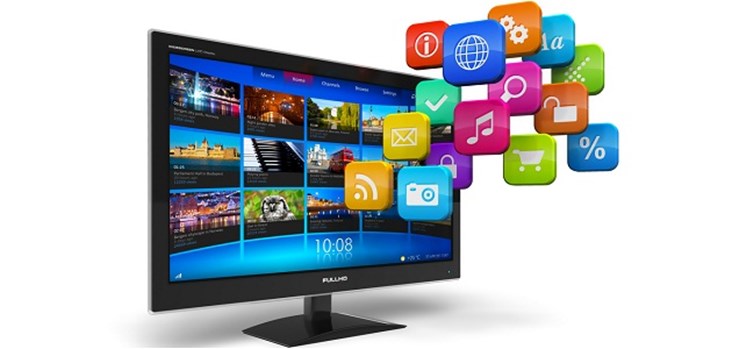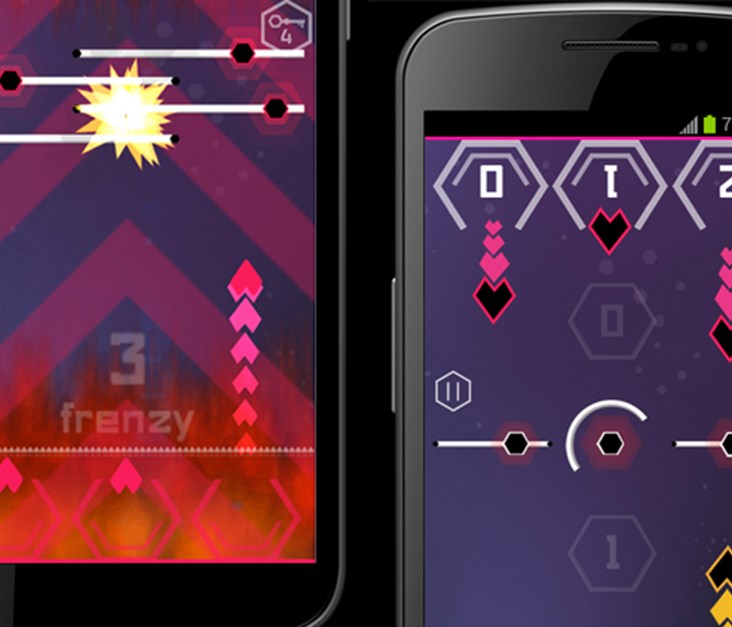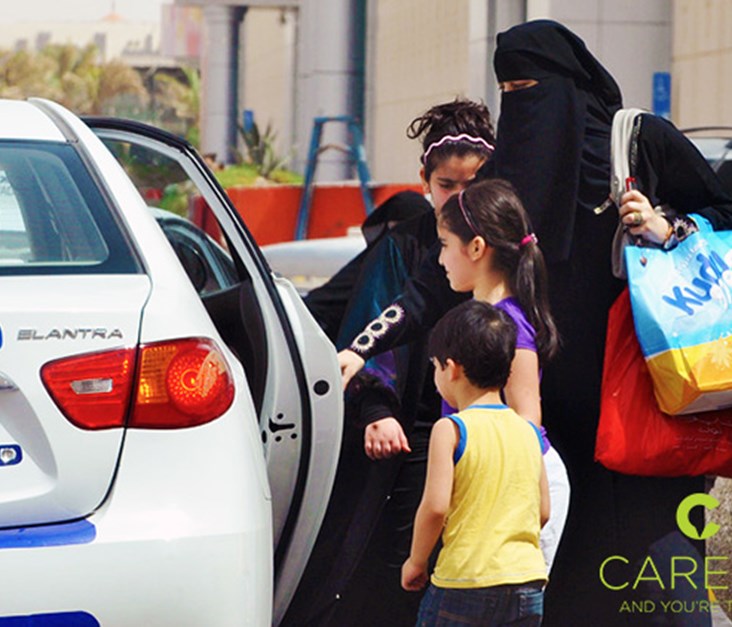Poll Results: Smart TVs Haven't Reached Mass Market Appeal Yet in Middle East
Back
Television Photo from Shutterstock
Last month, we asked our audience if they own a smart TV and how satisfied they are with the apps. So we organized a survey to get a clearer understanding of how people feel towards smart TVs and get a glimpse of where this industry is headed.
There are many big players in the smart TV industry, and some of the most popular choices in the market today are Samsung and LG; they were the first to take a risk and dive into this endeavor back in 2007, as we mentioned in the poll’s article a while back. What they produced back then wasn’t too awe-inspiring, but it did pave the way for more quality smart TVs and gave these players a better idea of what people can get used to, other big players also include: Panasonic, Sony, Toshiba, and Philips. Not to mention there are more efficient ways to make your TV smart and update it regularly without spending too much money and going for a smart TV box, such as the likes of Roku, Apple TV, and Chromecast.
After a month of the survey collecting data (most of our audience consists of Arabs in the MENA), the results are in: the biggest chunk of the pie consists of a third of the people who took this survey, and they do not own a smart TV yet, but would like to buy one soon. So interest is there for the taking, and it’s up to the brands to really act on this interest and convert it into sales.
The second biggest chunk consisted of people who are not interested in buying a smart TV; some people like what they already feel comfortable with, but at this point we can only assume what the reasons are.
Smart TV owners made up 40% of participators in the survey. A third of them enjoy using the TV apps, while the second third isn’t completely satisfied, and the final third doesn’t use the apps at all.
This balance is probably due to the mess that older smart TV sets have made with their crashing incomplete apps compared to newer smart TVs and their refined models, and is probably why some people still aren’t excited about buying. It’s likely that more people will be interested and intrigued once smarter TVs become easier to use and more available in the market. A continuation in improving user experience will definitely bring happier customers as apps evolve, and build further on the technology’s reputation.
A small portion of the surveyors don’t understand what smart TVs are and how they work, or what makes them smart as opposed to traditional LED or Plasma TVs.
The smallest portion is comprised of people who use TV boxes like the ones we mentioned above (Roku, ChromeCast, Apple TV) as they’re easier to update, and cost a lot less. The good thing about TV boxes like these is that technology gets old rather quickly, and smart TVs might become outdated in a couple of years, but if a box gets old; it’s much cheaper to replace.
Latest Business
Intelligence Report













